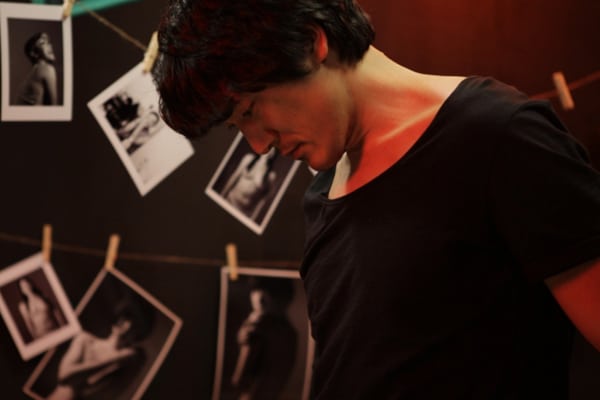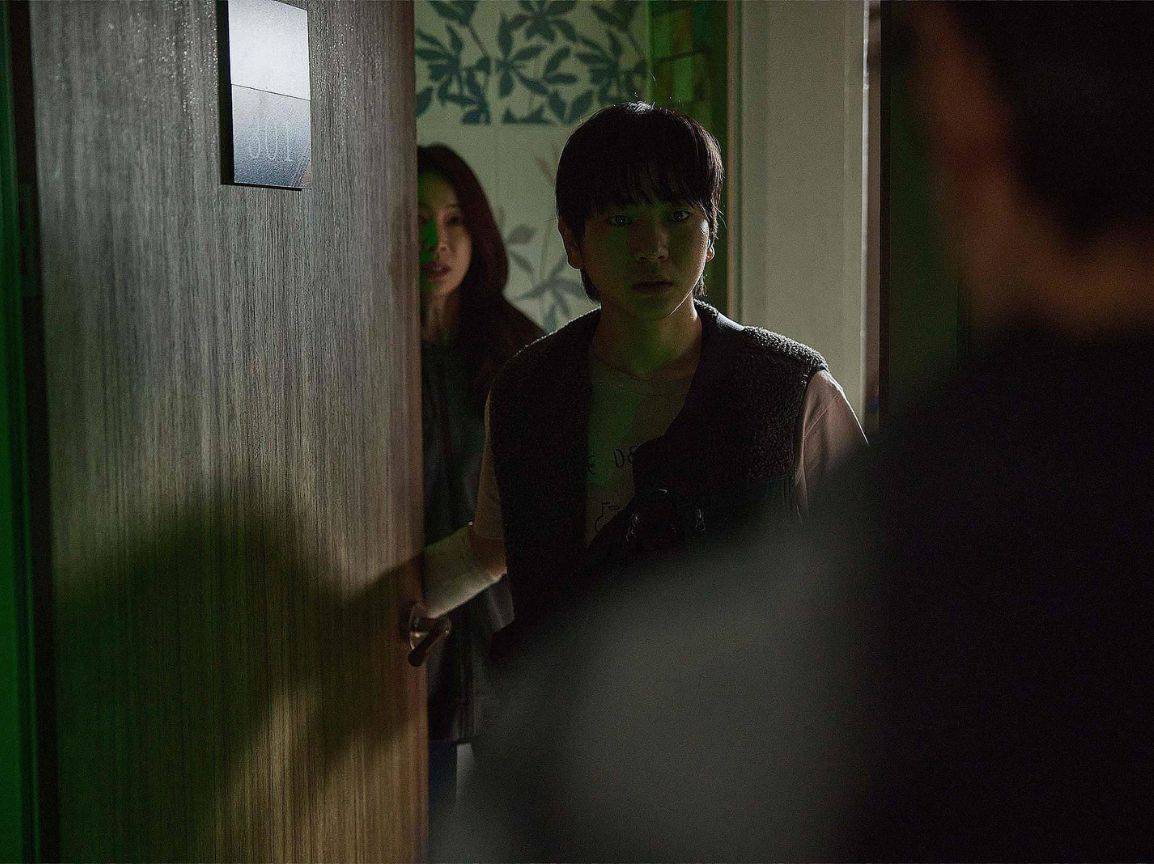There's a story that's very well known amongst the Filipino-American community. It tells of a woman who, after being accused of adultery, was punished by being buried alive. When she regained consciousness and realised she was underground, she tried to dig her way out with her bare hands; even succeeded in getting one hand overground but ultimately succumbed and passed away, one hand still sticking out of the ground, which is how she was found after a while.
“The Celine Archive” is screening at San Diego Asian Film Festival

Often thought to be an urban legend or a grandma's tale to scare little children, this is actually the true story of Celine Navarro, a Filipino immigrant whose story has long fascinated the community. When her namesake director Celine Parreñas Shimizu's little son passed away, she was reminded of Celine Navarro one way or another and as a form of catharsis, if you will, she began on a quest to uncover Celine Navarro's sad history.
In her endeavour, the director met with several descendants of Navarro, her children and grandchildren and even listened to tapes of her siblings talking about Celine, her marriage and the incident, and presents her findings, meetings and interviews in the movie. The documentary takes its time to fully establish and explain Navarro's journey and the background surrounding the incident. It includes her immigration, her marriage and her involvement with the cult group Caballeros de Dimas-Alang, who were the ones to accuse her of adultery and were the judge and jury in deciding and meting out her punishment and ultimately murdering her.
There's certainly a fair amount of information to be found on her life and this incident and the documentary makes the most of it; the local media carried sensational stories of the murder carried out by a secretive cult and the subsequent trial, while Filipino history students have for years tried to uncover as much truth surrounding it as possible. In addition, Navarro has also left behind a healthy lineage of descendants, a lot of who are still alive to tell her tale.
This documentary also tells the tale of the Filipino immigrant experience in early-20th century America and the role of Filipino women not just within their community but also in immigration as a whole. Cults and their secrets is a topic that is inexplicably intertwined with Celine Navarro and “The Celine Archive” also glances upon the same but this is a very superficial glance without any deep explanation of Caballeros de Dimas-Alang, particularly to those unaware of this society.
For many, this is no doubt going to be the first time they hear about this cult and even a testiary report would've been helpful. Nor does it try to delve into the particular individuals that carried out the actual murder and the reasons behind the acquittal of all the people that were put to trial in said case. This particularly hurts the feature the most, because both Caballeros de Dimas-Alang as well as its members, specifically the ones who were accused, form a key part of Navarro's narrative and are a topic of keen interest in understanding why this took place. The overtly sentimental scene near the end also fails to elicit the necessary emotions from the viewer because of how staged it seems, for the most part.
With “The Celine Archive”, Celine Parreñas Shimizu has a noble endeavour. While trying to make sense of her own grief, she also ensures that Celine Navarro's story does not stay buried like Navarro did and breaks out for a much larger audience. In that sense, she succeeds at what she set out to do. However, the documentary frustratingly leaves the audience with more questions than answers and that ultimately softens the impact it would otherwise have had.















